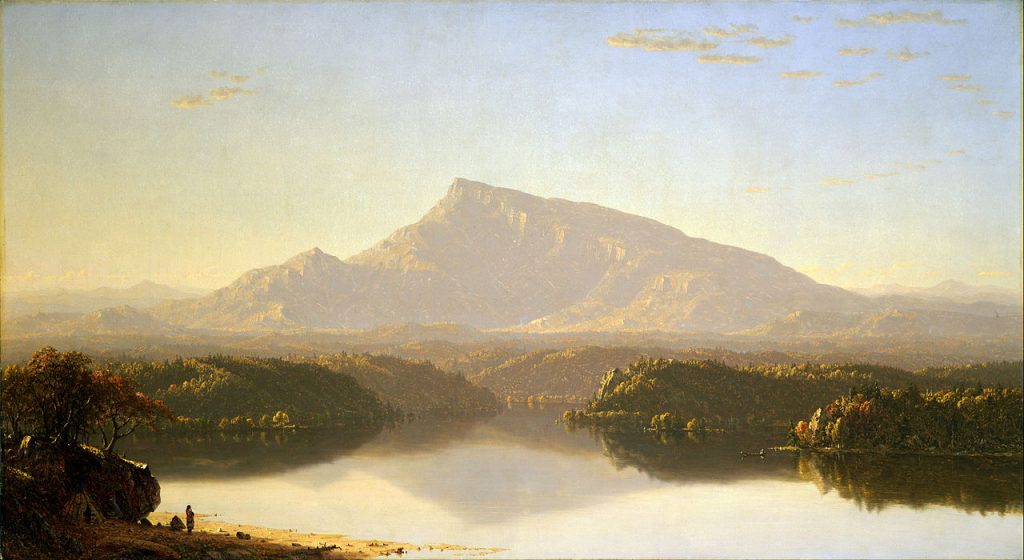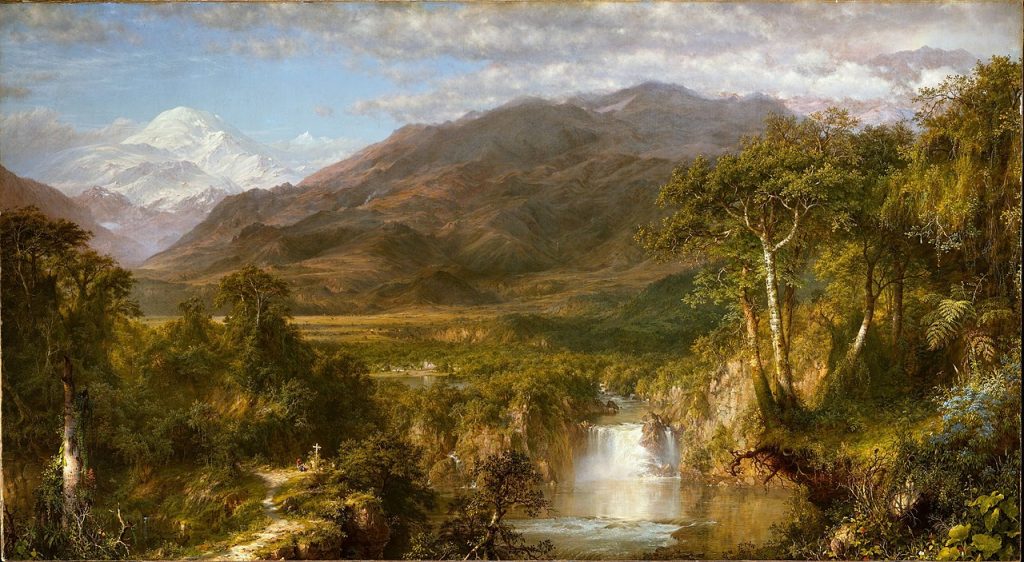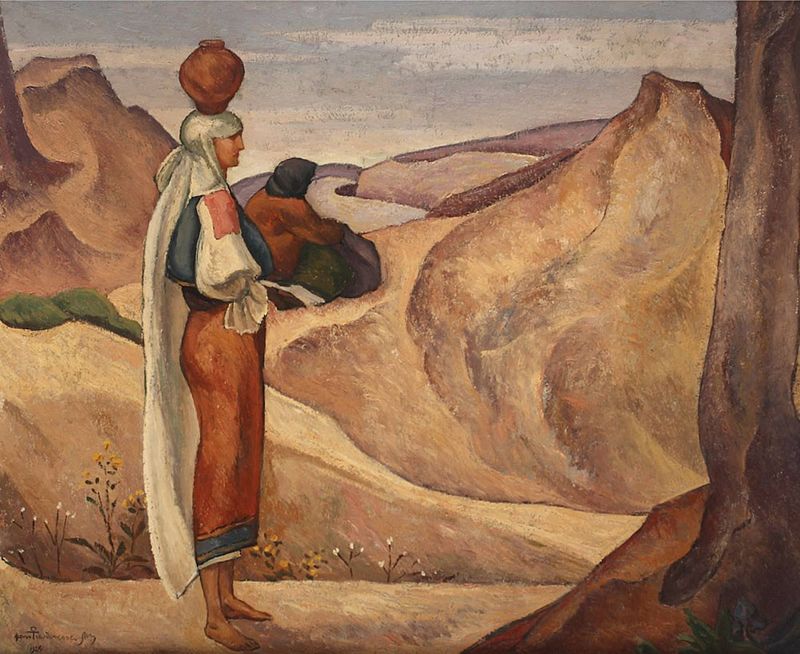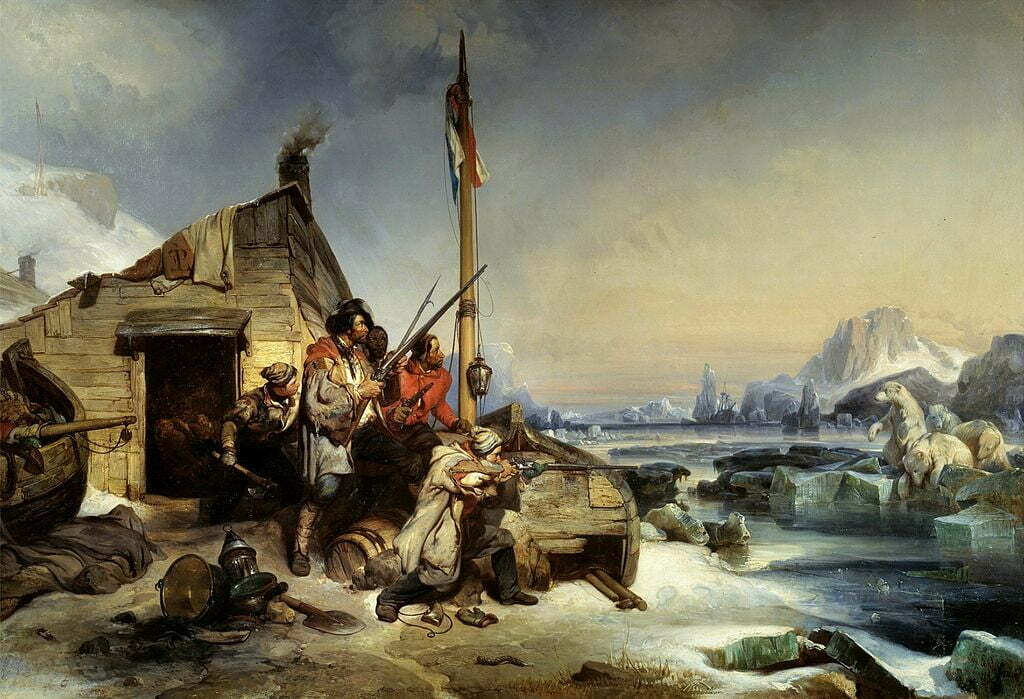Wilderness




Outside the safety of city walls, the wilderness is a dangerous place, and many adventurers have gotten lost in its trackless wilds or fallen victim to deadly weather. The following rules give you guidelines on running adventures in a wilderness setting.
Climatic Zones
Source:
Each of the standard terrain types varies by climate. Climate differs from weather, though it affects the weather significantly. Climate describes the generally prevailing atmospheric conditions of a particular region on a planet and usually defines the seasonal temperature extremes. Note that weather and temperature can change dramatically between terrains even within a particular climatic zone – a warm summer evening in a temperate grassland may be a bone-chillingly cold night on a temperate mountain.
The following climatic zones are therefore presented as guidelines, from the poles to the equator:

 Buy me a coffee
Buy me a coffee